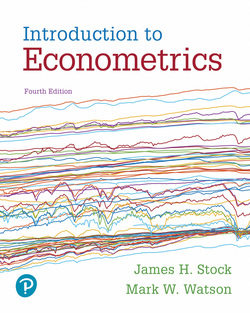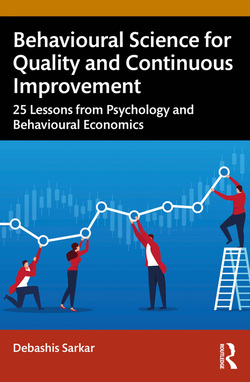ریسک و شکستها؛ ابزارها و متدولوژیها

کتاب “ریسک و شکستها” با تمرکز بر ریسک، ایمنی و HAZOP، با توجه به رابطه آنها با رویدادهای مهم فاجعهبار؛ فرآیند و پیادهسازی، همچنین درک اصول استفاده از متدولوژی ریسک را در یک سازمان برای ارزیابی ایمنی و یا مشکلات فاجعهبار مهم، مورد بررسی قرار میدهد.
این کتاب، پنج دیدگاه را از طریق آنچه ریسک و عدم اطمینان میتوانند مورد بازبینی و آنالیز قرار گیرند؛ ارزیابی و شناسایی میکند که نگرانیهای فردی و اجتماعی، پیچیدگی در مقررات دولتی، الگوهای اشتغال و قطبش رویکردهای میان سازمانهای بزرگ و کوچک را شامل میشود. نویسنده کتاب علاوه بر توصیف ریسک و کاوش نحوه درک آن، تمایزی میان ریسک و عدم اطمینان قائل میشود. او بیش از 20 متدولوژی و یا ابزار خاص برای ارزیابی ریسک را بهشیوهای کاربردی و فعال، بدون تئوری سنگین، توضیح میدهد. او همچنین نمونههایی از چکلیستها را ارائه میدهد و جریان تجزیه و تحلیل انواع ریسک را توصیف میکند.
این کتاب، پنج دیدگاه را از طریق آنچه ریسک و عدم اطمینان میتوانند مورد بازبینی و آنالیز قرار گیرند؛ ارزیابی و شناسایی میکند که نگرانیهای فردی و اجتماعی، پیچیدگی در مقررات دولتی، الگوهای اشتغال و قطبش رویکردهای میان سازمانهای بزرگ و کوچک را شامل میشود. نویسنده کتاب علاوه بر توصیف ریسک و کاوش نحوه درک آن، تمایزی میان ریسک و عدم اطمینان قائل میشود. او بیش از 20 متدولوژی و یا ابزار خاص برای ارزیابی ریسک را بهشیوهای کاربردی و فعال، بدون تئوری سنگین، توضیح میدهد. او همچنین نمونههایی از چکلیستها را ارائه میدهد و جریان تجزیه و تحلیل انواع ریسک را توصیف میکند.
سال انتشار: 2014 | 274 صفحه | حجم فایل: 3 مگابایت | زبان: انگلیسی
Introduction to Risk and Failures: Tools and Methodologies
نویسنده
D. H. Stamatis
ناشر
CRC Press
ISBN10:
1482234793
ISBN13:
9781482234794
قیمت: 16000 تومان
برچسبها:
Risk is everywhere, in everything we do. Realizing this fact, we all must try to understand this "risk" and if possible to minimize it. This book expands the conversation beyond failure mode and effects analysis (FMEA) techniques. While FMEA is indeed a powerful tool to forecast failures for both design and processes, it is missing methods for considering safety issues, catastrophic events, and their consequences. Focusing on risk, safety, and HAZOP as they relate to major catastrophic events, Introduction to Risk and Failures: Tools and Methodologies addresses the process and implementation as well as understanding the fundamentals of using a risk methodology in a given organization for evaluating major safety and/or catastrophic problems.
The book identifies and evaluates five perspectives through which risk and uncertainty can be viewed and analyzed: individual and societal concerns, complexity in government regulations, patterns of employment, and polarization of approaches between large and small organizations. In addition to explaining what risk is and exploring how it should be understood, the author makes a distinction between risk and uncertainty. He elucidates more than 20 specific methodologies and/or tools to evaluate risk in a manner that is practical and proactive but not heavy on theory. He also includes samples of checklists and demonstrates the flow of analysis for any type of hazard.
Written by an expert with more than 30 years of experience, the book provides from-the-trenches examples that demonstrate the theory in action. It introduces methodologies such as ETA, FTA, and others which traditionally have been used specifically in reliability endeavors and details how they can be used in risk assessment. Highly practical, it shows you how to minimize or eliminate risks and failures for any given project or in any given work environment.







































